Posts
Dear Ms. L’Engle
/in Books, Life/by Catherine HaslagDear Ms. L’Engle,
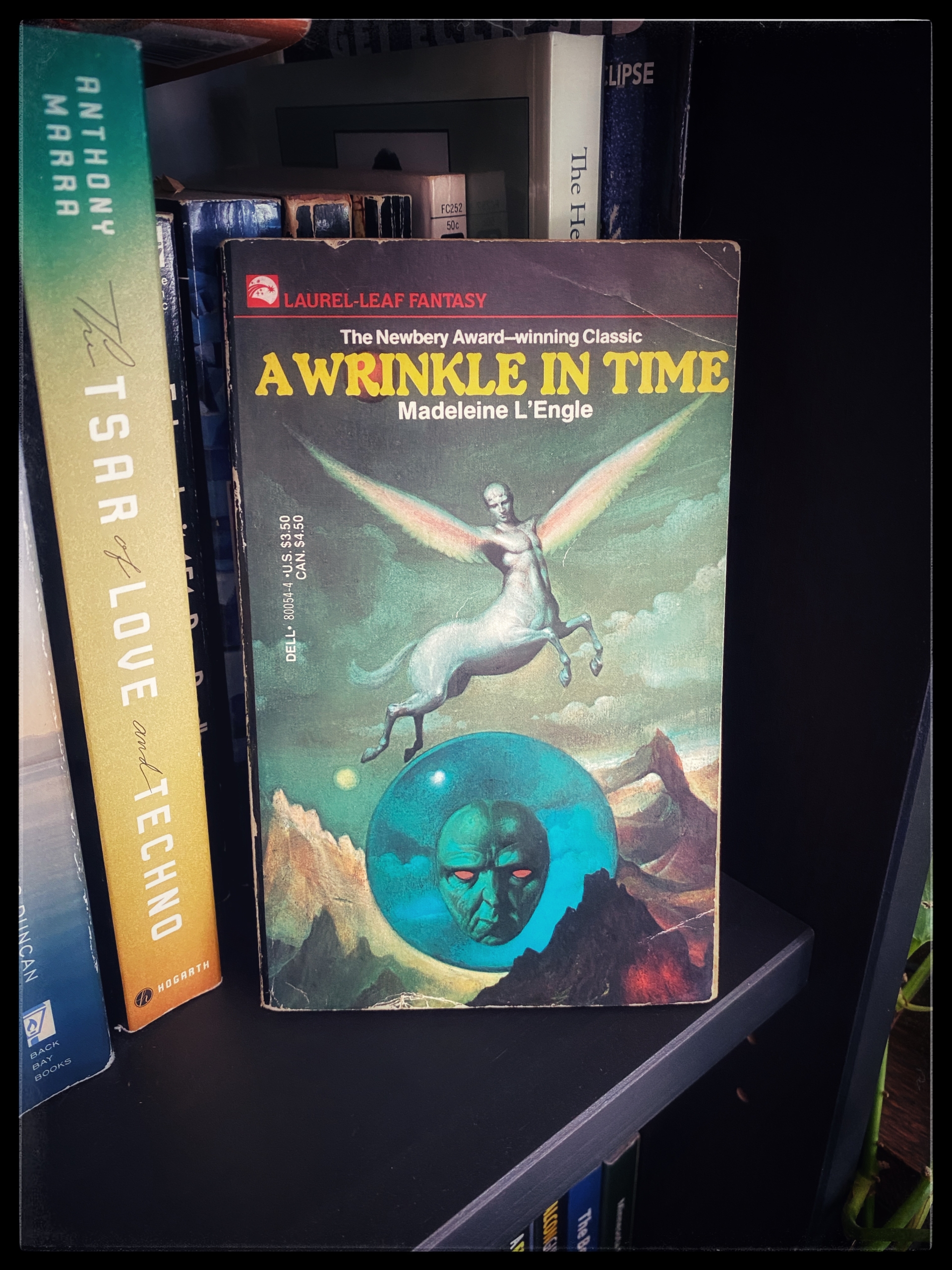
My copy of A Wrinkle in Time, which I read in 5th grade.
It started as a school assignment
in 5th grade. Eighteen copies of A Wrinkle in Time lined up on the shelf like identical little soldiers as Mrs. Hitz talked about the first novel we were reading for the year. We were going to read 4 such novels between August and May. Yours has been with me ever since.
I still have the copy we read. Since our parents provided the money to buy the copies for the classes to share, we got to take them home at the end of the year. It has had an honored spot on my bookcase ever since. My steady companion for 30 years. It was my introduction to the sci-fi/fantasy genre of books. I loved the whimsy of Ms. Who, Ms. What, and Ms. Which. The tesseract boggled my young mind.
I related strongly to the heroine Meg, an awkward girl who doesn’t yet know or trust her abilities. Who doesn’t yet know where she fits in the world. My 11-year-old self hadn’t yet begun to really test what she was capable of let alone trust her abilities. Meg gave me a role model to learn from.
I eventually discovered there were four books about the adventures of Meg and her brothers. I devoured A Wind in the Door and A Swiftly Tilting Planet. I couldn’t get into the adventures of Sandy and Dennys in Many Waters. I am sorry to say they were my least favorite characters in the world you created. The only book of the Time Quartet I didn’t read.
In college, I discovered Meg had a daughter, Polly, when I read An Acceptable Time. I was at another turning point as I was stepping into the adult world. I could relate to Polly just as I had Meg when I was 11.
I recently listened to A Wrinkle in Time on audiobook through my library. It reads just as well at 40 as it did at 11. This time, I was reminded that I still have that unsure girl in me, my own internal Meg, but I also have experience that reminds me I have been tested and that I am strong. I know what I can do and I can trust my skills. I now know my place in this world. Your books helped me make this journey because I could relate to your characters and their challenges. Thank you for bridging that gap so I could grow into who I am today.
Sincerely,
Catherine
The Myth of Independence
/in Ideas, Life/by Catherine Haslag
The definition of independence, obtained from the Merriam-Webster Dictionary.
I didn’t get out of bed or drive to work in the morning on my own. An alarm wakes me up. Someone who isn’t me designed that alarm. Someone who isn’t me maintains the power grid that powers my alarm clock. My hot shower is possible because of the water heater in my house, who was designed, installed, and maintained by other people. Austin Utilities provides the natural gas and water and maintains the pipes that bring these resources to my house. Someone who isn’t me constructed the bathroom in my house back in 1955, when my house was built by someone who was not me.
Someone who isn’t me paved the road I drive to work in the car I drive, which was built and designed by Mazda. The City of Austin clears the streets of snow and puts down ice melt and sand to make my trip safer.

The definition of independent, obtained from the Merriam-Webster Dictionary.
What we do today is possible because of those who came before us, who pathed the way for us. We work together to build the communities and world we live in. None of us live in a bubble. There are people who impact our lives that we will never know. The colleague who encouraged your grandpa on a hard day while he served for 4 years in WWII. The neighbor who motivated your great-great-grandparents to immigrate to a small town in rural Missouri in the 1870s. The philanthropist who made an anonymous endowment to your college provided the funds for the scholarship that paid for half of your tuition.
The lie we tell ourselves is that we did it all on our own. That we earned that scholarship without any assistance from another, nevermind teachers, parents, and tutors helped us with our school work. That we got ourselves out of bed and ready for work without assistance. That we take care of ourselves and no one else does. We are interconnected and dependent on each other in this world. None of us gets anywhere on our own. We were all helped by countless others we will never know in ways we can’t imagine.
Interdependence is how a society functions. There is no such thing as true independence if you live in a society. There is no way to be free of the influence of others when you live around others. It’s a myth we tell ourselves to calm our fears, boost our ego, and help us feel safe.
Turning Points
/in Ideas, Life/by Catherine Haslag
Image purchased from iStock by Getty Images.
Designed by nazlisart.
I woke up to the conversation on the radio. In my bleary state, I heard the voices say two planes had crashed into the Twin Towers in New York City. I was instantly awake and across the apartment to turn on the TV. The scenes were horrific. Straight out a disaster flick starring Bruce Willis. Moments later, the South Tower collapsed. I quickly showered and dressed for my day. Before I left my apartment for the Southwest Missouri State University campus, the North Tower Collapsed.
I canceled everything for the day and was glued to the TVs on campus and in apartments with friends. Silence and disbelief filled every space.
I sat with friends at their apartment in the afternoon and watched as Dan Rather aired a video for the first time showing people jumping from the buildings prior to their collapse.
I witnessed the wreckage of Flight 93, which passengers forced down in a field in Pennsylvania. Later, It was determined the plane’s likely final target was in Washington DC.
I observed the crumbled side of the Pentagon, where Flight 77 crashed into the building.
I heard the phone calls made by loved ones on the four planes the crashed that day. All sending one last message of love.
For the following year, there were cars everywhere sporting the American flag, Toby Keith and Alan Jackson played on repeat on country stations, and the U.S. collectively mourned the 2,996 people who died on that day in the towers and crashed flights. We were united in our grief and patriotism.
In a matter of minutes, we all lived in a different world. One that grew to include Homeland Security, full-body scans, no-fly lists, and a whole new meaning to the numbers 9 and 11.
In March of 2020, another major event struck the world – the Coronavirus.
All of the college classes I taught went online. Employees and students were sent home to help stop the spread.
Social distancing. Lessons on handwashing. Teams of sewers making masks out of every scrap of fabric they could find.
Zoom became the place to meet for class, meetings, and happy hour. Some of the world made a shift to baking bread at home, wearing PJs or yoga pants for everything, and drive-thru grocery pick-up. Alcohol sales skyrocketed.
Again, the world changed quickly and will be forever different. Finding the “new normal” was a common topic of conversation. Some accepted this reality, others chose to deny it.
Rather than coming together as we did nearly 20 years earlier when the towers fell, we split into groups. Maskers and anti-maskers and eventually vaxxers and anti-vaxxers. People who listened to the experts and believed what science was learning and people who didn’t. Conspiracy theories and misinformation spread faster than the virus thanks to social media.
The turning point we are facing now is more than a virus. More than masking, vaccinations, and the changing way we move and work in the world. We no longer agree on reality. We live in different news bubbles, worlds driven by whatever we chose to take as fact even if it’s really a falsehood. Lives where we get to deny reality because it makes us feel better, even if that denial kills others.
The turning point we face now is the division in our society. It’s an internal threat that can’t be addressed by invading another country. It has to start within each of us. We are our own worst enemies now. We are the hijackers, the terrorists in our nation. We are also the healers, the uniters if we so choose to be.
The question then is “Which do you choose?”
Northern Migration, Part 3
/in Life/by Catherine HaslagI drove north to Austin, MN on the second day of 2011. By the time I drove through the middle of Iowa, the ground was totally white. I wouldn’t see green grass or experience temperatures above 20 degrees for nearly 2 months. I stopped twice to sob uncontrollably and otherwise cried tears of joy, sadness, and utter fear off and on during my 8-hour drive north. Most of my possessions were loaded on a U-Pack truck that would arrive about a week later. My little Mazda 3 Sport was loaded to the ceiling with what I would need until then: clothes, a few cooking items, my TV and laptop, sleeping bag, inflatable mattress, breakables, a stadium chair, and every one of my plants. I am still amazed that none of them tipped over on the trip north considering how precariously they were lodged in my car.
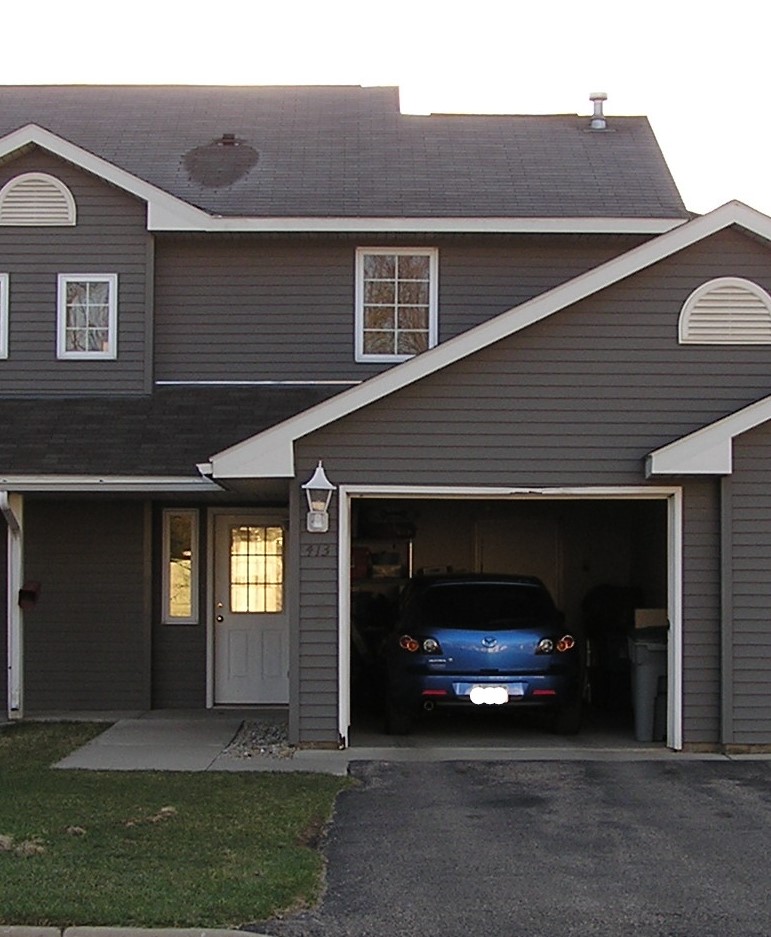
My new home in Austin, MN.
I unloaded my car, set up the few items I had, and then collapsed on the floor in tears in the living room. The events of the past few weeks had caught up with me. I called my close friend Susan and sobbed to her. She would get me through the next months of adjustment to my new life. We would spend 1-2 hours on the phone nearly every night. Our conversations helped keep me grounded and cut the loneliness of this new world. I met new people all day, every day, but I had no friends yet in my new town. It would be a few months before I started to make friends and a year before I felt anchored in this place. She got me through those first and hardest months.
The next morning, I headed to a local coffee shop to use their internet and then to a local clothing store to purchase a pair of snow boots – the first pair I had owned since I was about 11. These weren’t moon boots but rather a warm and sturdy pair of Keens that came halfway up my calf. They kept my feet much warmer and drier than the sneakers I brought with me.
Over the next week, I was consumed with getting oriented to my new position. I completed lots of paperwork, met a ton of new people, and prepared for the spring semester, which started one week after I arrived in Austin.

My campus office.

Learning to cross-country ski at the nature center.
I threw myself into the work and started to settle into life in Austin. I discovered the nearby nature center and tried cross country skiing for the first time. I bought a heavy, marshmallow winter coat from Eddie Bauer. I learned how to drive on snowy roads. I grieved the loss of the life I had built in Springfield and explored my new Minnesota home. I started seeing a counselor to help navigate all the changes life brought my way. My life opened up to me in a way I had never experienced as time went on. I realized I could be as big as I wanted in my new home and was able to reinvent myself in many ways. Sometimes we have to move to a new place to find ourselves. While it seemed like I was losing so much when I moved to Austin, I was gaining more than I could have ever imagined.

The Brickhouse
On Thursdays, I had a break between classes that allowed me to take lunch at a little café called The Brick House. This delightful establishment had delicious food and a relaxing atmosphere. It reminded me of my favorite restaurant in Springfield, MO – Tea Bar and Bites. The Brick House quickly became a respite for me. I would take a book, find a corner table, and read and enjoy a wonderful lunch. Often, a retired couple would have lunch there at the same time I did. Sometimes, I could hear their conversations with the owner of the café when the other customers cleared out. I realized we had similar politics and one day chimed in on their conversation. This happened several times before they invited me to have lunch with them. This eventually turned into a weekly meal and a wonderful friendship that survives to this day. Thanks to eavesdropping and politics, I made my first friends in my new home.
That first year in Minnesota was challenging and amazing. I went “Up North” and walked across the Mississippi River at Itasca State Park, attended the Great Minnesota Get Together (aka the Minnesota State Fair), walked across a frozen lake for the first time, bought a bike and started cycling, found my way in my new career as an educator, made some new friends and stayed connected with old friends, and did a lot of work on me. Above all, I made a new life for myself. At the end of 2011, I was amazed at how much life had changed in just one year because I said “yes” to a job offer in the parking lot of a Hobby Lobby.
It’s the best “yes” I uttered in my life.
This is part 3 of a 3-part blog.
If you missed part 1, click here. If you missed part 2, click here.
The Confessional Podcast Review
/in Ideas, Life, Podcasts/by Catherine HaslagI am a podcast addict. History, current events, personal growth, science – I listen to more podcasts than is probably healthy for a person. Some of my favorite podcasts involve people sharing stories about their lives. The types of deep, open conversations that would make most people uncomfortable. That’s my jam. The podcast I highlight here creates a space for those types of conversations and intimacy.

This image is taken from Audible.com.
Nadia Bolz-Weber is a minister and founder of the House For All Sinners and Saints church in Denver, CO. She is the author of 3 books, a YouTube limited series called Have a Little Faith produced by Makers, and an outspoken advocate for the outcasts. She began The Confessional podcast in April 2020.
The Confessional is a place for people to share things they have done they are not proud of. We all have done things we aren’t proud of, so the conversations had here are for all of us. The conversations in the podcast are frank, intimate, and use adult language. I get a big kick out of hearing an ordained minister use the F-word. If you don’t like coarse language, then this podcast may not be for you. The use of adult language only makes me enjoy this podcast more because the focus is on accepting and embracing our humanness, not about being “perfect” or conforming to what some religion thinks is appropriate behavior. Bolz-Weber focuses on honoring all our parts, not just the shiny clean pieces. She wants to have read discussions about all parts of the human experience.
Bolz-Weber offers the guest a prayer at the end of each episode. She emphasizes that while the prayer may be specifically written for her guest, it could be for any one of her listeners. She offers absolution not just to her guest, but to all of us. Her confessional encompasses all of us. Her grace, compassion, and love envelopes all who listen to the conversation.
The thing I love the most about this podcast is it shares stories of real humans in an authentically compassionate way. Bolz-Weber creates a space for her guests to share their biggest secrets and shames in life in a real, compassionate space. By providing a place for her guest to share their story, Bolz-Weber creates a space for all of our stories to be told, examined, and accepted. Being human is messy. We mess up. We do things we are not proud to admit. Bolz-Weber allows us to accept the flaws of our humanness, embrace our screw-ups, learn from them, and do better in the future. She practices the kind of compassion that Jesus taught. While I am not a Christian, I still believe Jesus was a good person and taught us how to love each other. Bolz-Weber is a walking example of the behavior of Jesus. Listening to these stories reminds me that while I am not perfect, there is always the opportunity to do better in the next moment.
Until we have examined our dark secrets, shames, and mistakes and accepted that we are fallible and imperfect humans, we are unable to embrace who we are and the journey we are undertaking on this planet. Until we can reconcile our undesirable pieces, we can’t grow into the person we wish to be. Bolz-Weber opens the door for each of us to examine and accept those pieces of ourselves so that work can begin.
You can find The Confessional on Spotify, Apple Podcasts, Audible, or wherever you get your podcasts.
Some of my favorite episodes of The Confessional
Dr. Ray Christian, Storyteller and Fulbright Specialist
Forgiveness and Reconciliation with Rabbi Danya Ruttenberg
Kasey Anderson, Singer/Songwriter
Megan Phelps-Roper, Former Member of the Westboro Baptist Church

 © Catherine Haslag
© Catherine Haslag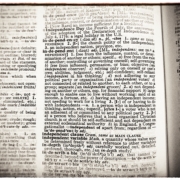 © Catherine Haslag
© Catherine Haslag
 © Catherine Haslag
© Catherine Haslag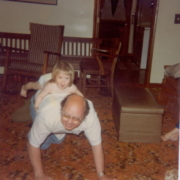 © Catherine Haslag
© Catherine Haslag

 © Catherine Haslag
© Catherine Haslag © Catherine Haslag
© Catherine Haslag